What Auto Repair Does This Dashboard Light Say I Need?
Dashboard lights can be the silent communicators of your vehicle's condition. These flashing symbols can signal everything from the need for routine maintenance to urgent repairs. For many drivers, these lights activate a moment of uncertainty and a flurry of questions. What does this light mean? Is it safe to keep driving? What should I do next? As modern vehicles become more complex, learning how to interpret these signals effectively can help you maintain your car's health and extend its life. In this article, we will explore the significance of various dashboard lights and what types of repairs they might indicate.
Check Engine Light
Arguably the most infamous of the dashboard lights, the check engine light can indicate a range of auto repair issues. From something as simple as a loose gas cap to more serious mechanical failures, this light requires a diagnostic test to pinpoint the exact problem. The check engine light is often connected to your car's emission system, so ignoring it could result in your vehicle failing an emissions test.
Brake System Warning Light
This crucial light typically means you need to check your brake fluid levels or have your brake system serviced. Ignoring it could lead to brake failure, posing a severe safety risk. Often, this light will illuminate if there's a problem with the anti-lock braking system (ABS) or if the brake pads are too worn. It's vital to address any concerns related to the brake system promptly. Staying on top of routine maintenance will ensure your safety and prevent damage that might be costly to repair. For instance, according to Progressive, you should change your vehicle's brake pads at least every 50,000 miles.
Battery and Charging System Light
A dashboard battery light could indicate a problem with your vehicle's electrical system, commonly suggesting issues with the battery or alternator. If this light comes on while you're driving, your car is likely running on limited battery power. While it might be possible to continue driving for a short time, it's sensible to have the charging system inspected as soon as possible to avoid being stranded with a dead battery. Checking and maintaining your car's electrical components can help prevent unexpected breakdowns.
Temperature Warning Light
The temperature warning light looks like a thermometer and warns you if your engine is overheating. This might require immediate attention, such as checking coolant levels or inspecting for a possible radiator leak. If this light remains on, it's usually best to pull over safely and turn off your engine to prevent permanent damage. Regular maintenance checks can help spot cooling system issues before they escalate into costly auto repair situations.
Tire Pressure Monitoring System (TPMS) Light
The TPMS light, typically represented by an exclamation mark inside a tire symbol, alerts you when your tire pressure is too low. Driving with underinflated tires can lead to reduced fuel efficiency, poor handling, and even blowouts in extreme cases. While this warning often means you need to add air to your tires, it could also indicate a slow leak or a faulty sensor. Regularly checking your tire pressure and addressing any leaks promptly can help maintain optimal performance and safety on the road.
Airbag Warning Light
The airbag warning light, usually depicted as a person with a deployed airbag, signals an issue with your vehicle’s supplemental restraint system (SRS). This could mean that the airbags may not deploy properly in the event of an accident, posing a serious safety risk. Common causes include faulty sensors, a depleted backup battery, or wiring problems. If this light stays on, it’s crucial to have your vehicle inspected by a professional as soon as possible to ensure your airbag system is functioning correctly and providing the protection you rely on.
Handling dashboard lights effectively begins with understanding what each symbol means and how promptly you need to act. Proactively addressing the problems these lights signal not only enhances the longevity and performance of your vehicle but also ensures your safety and peace of mind. Whether it's a minor indicator or a serious alert, always consider professional help to diagnose and fix underlying issues accurately. For all of your auto repair needs, turn to Wisconsin Muffler Tire & Auto Center. Contact us today to set up an appointment.

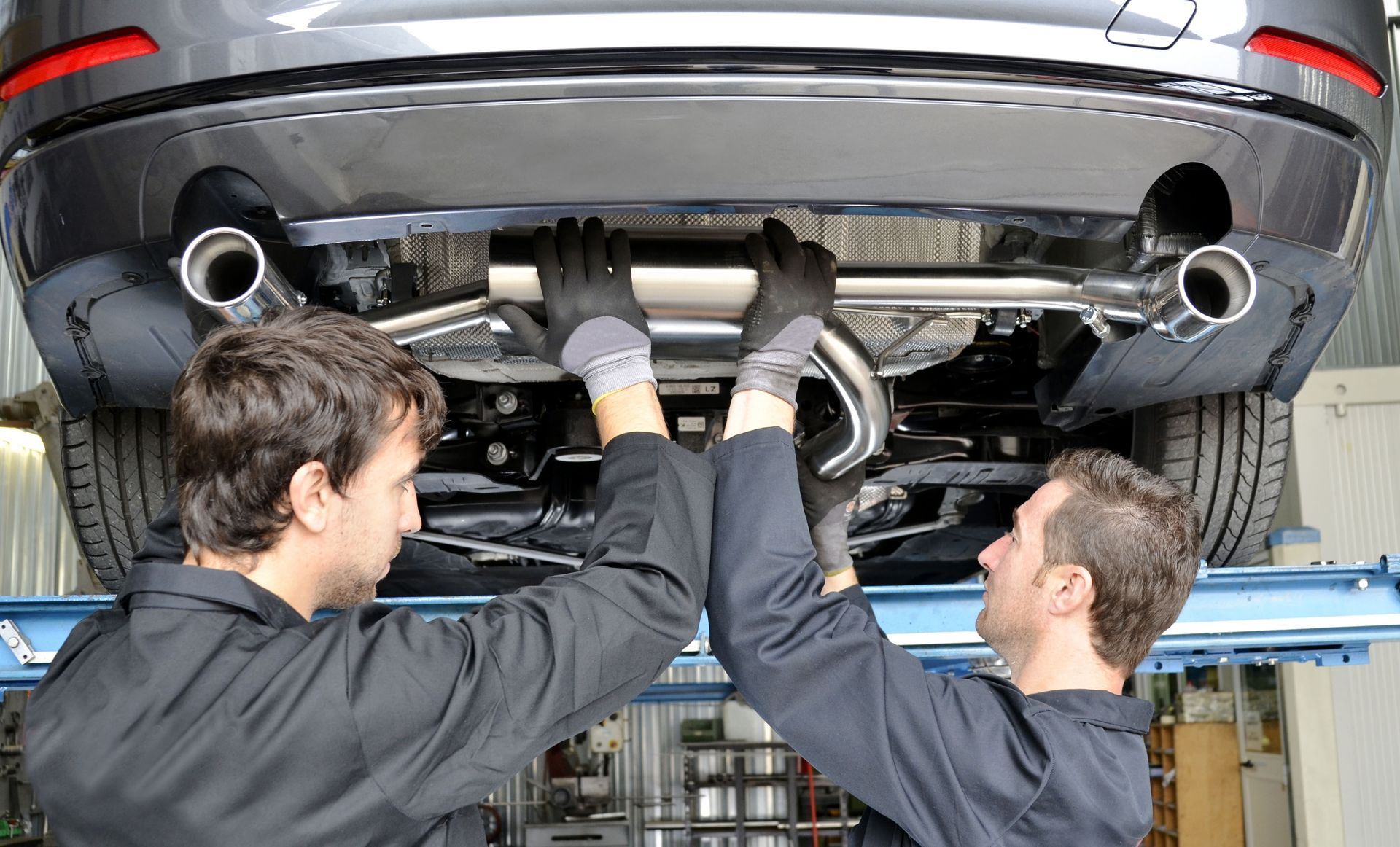
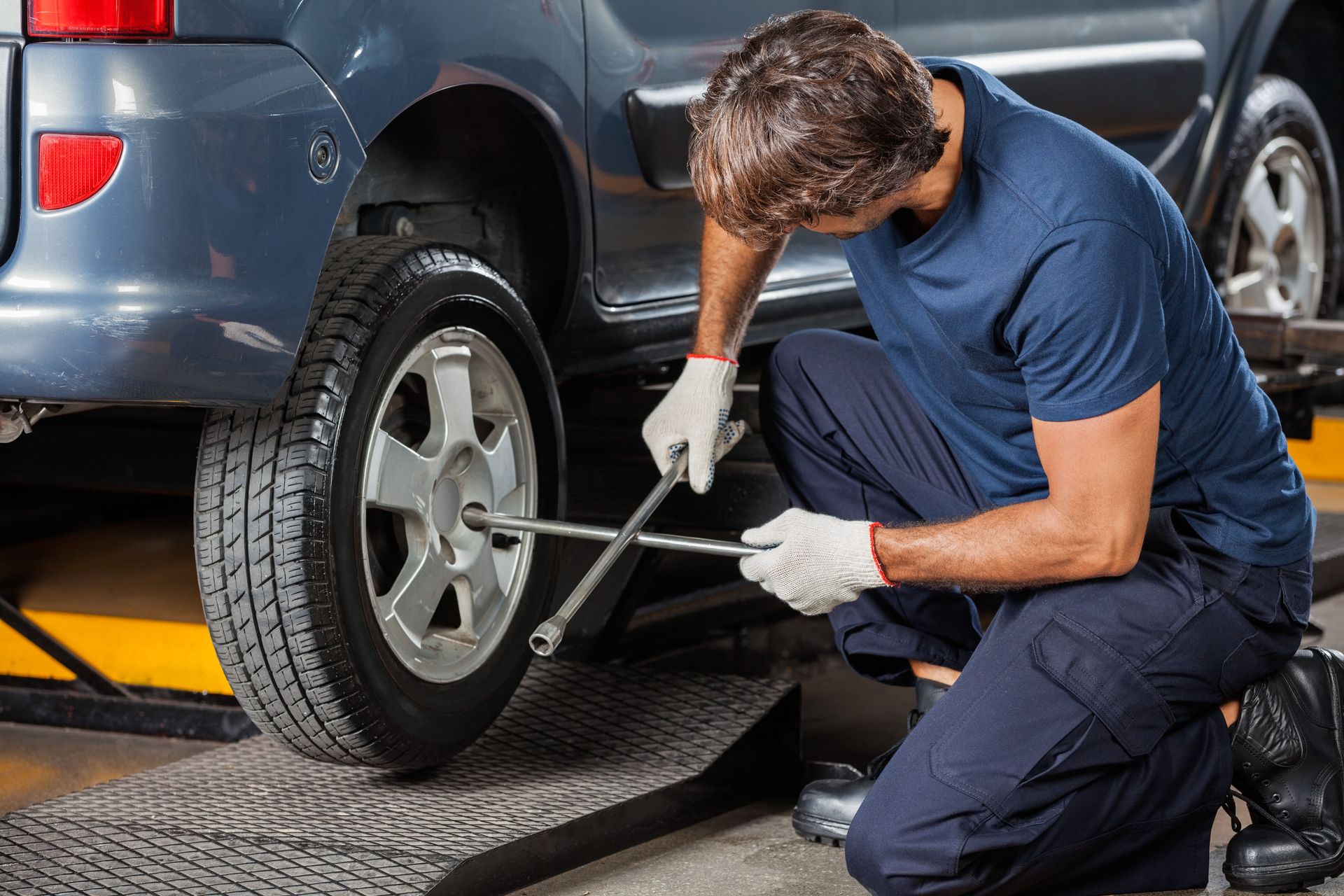
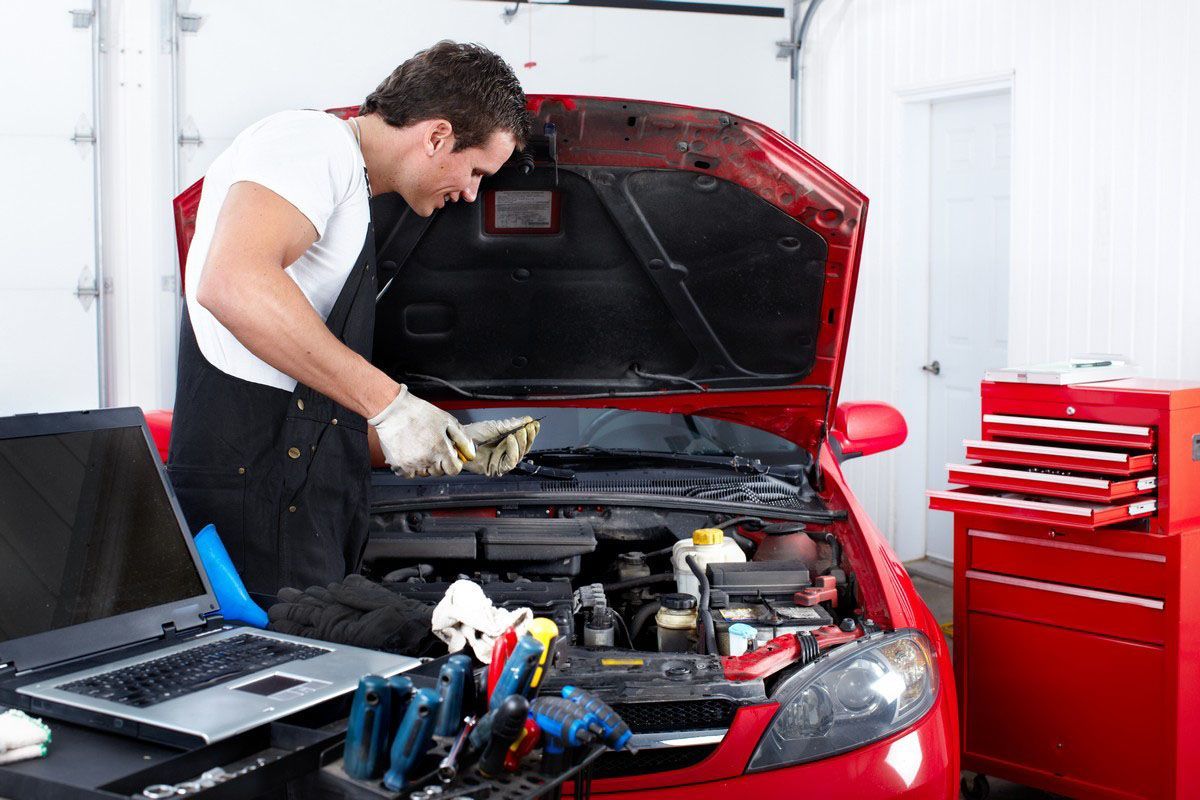
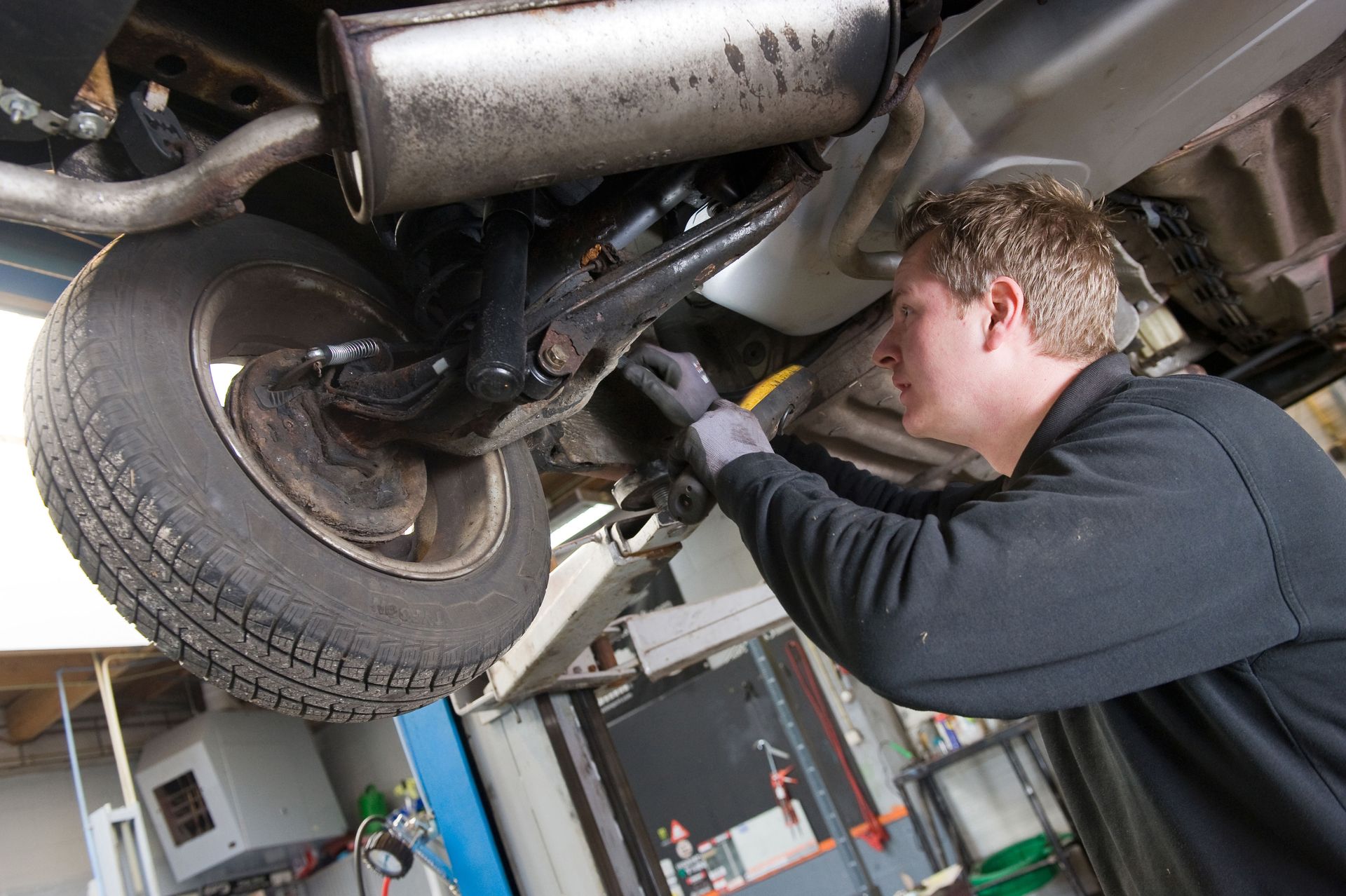
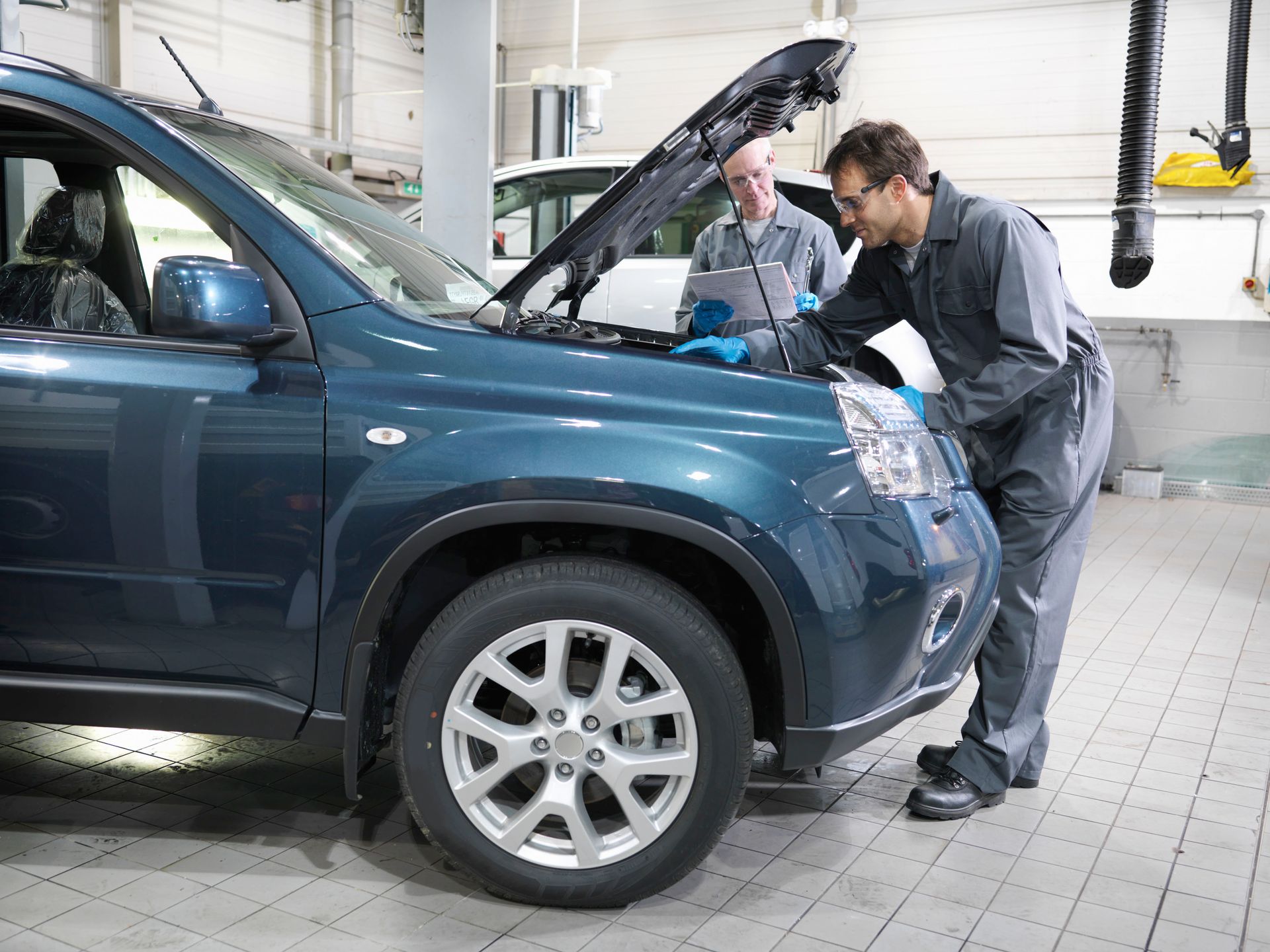
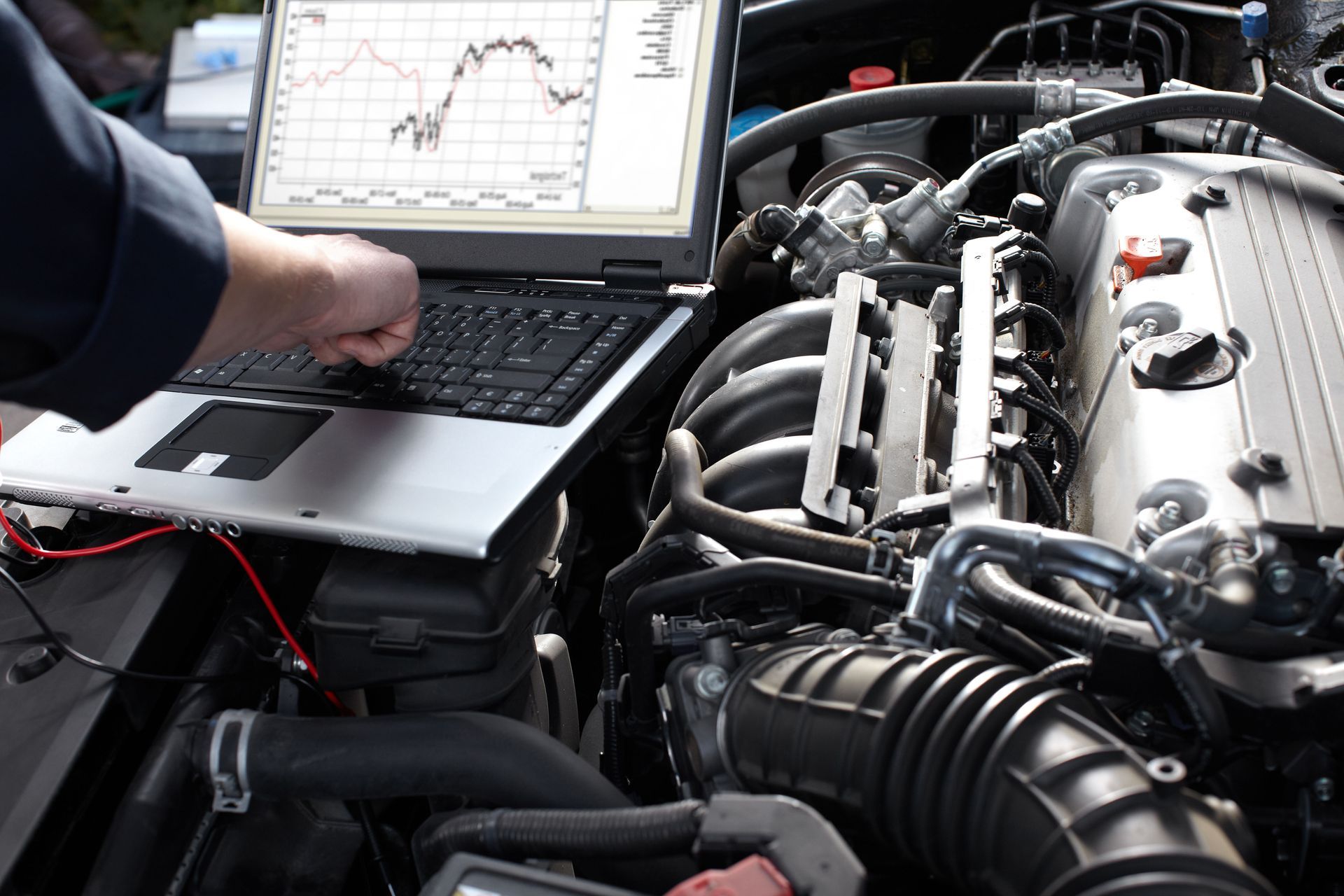
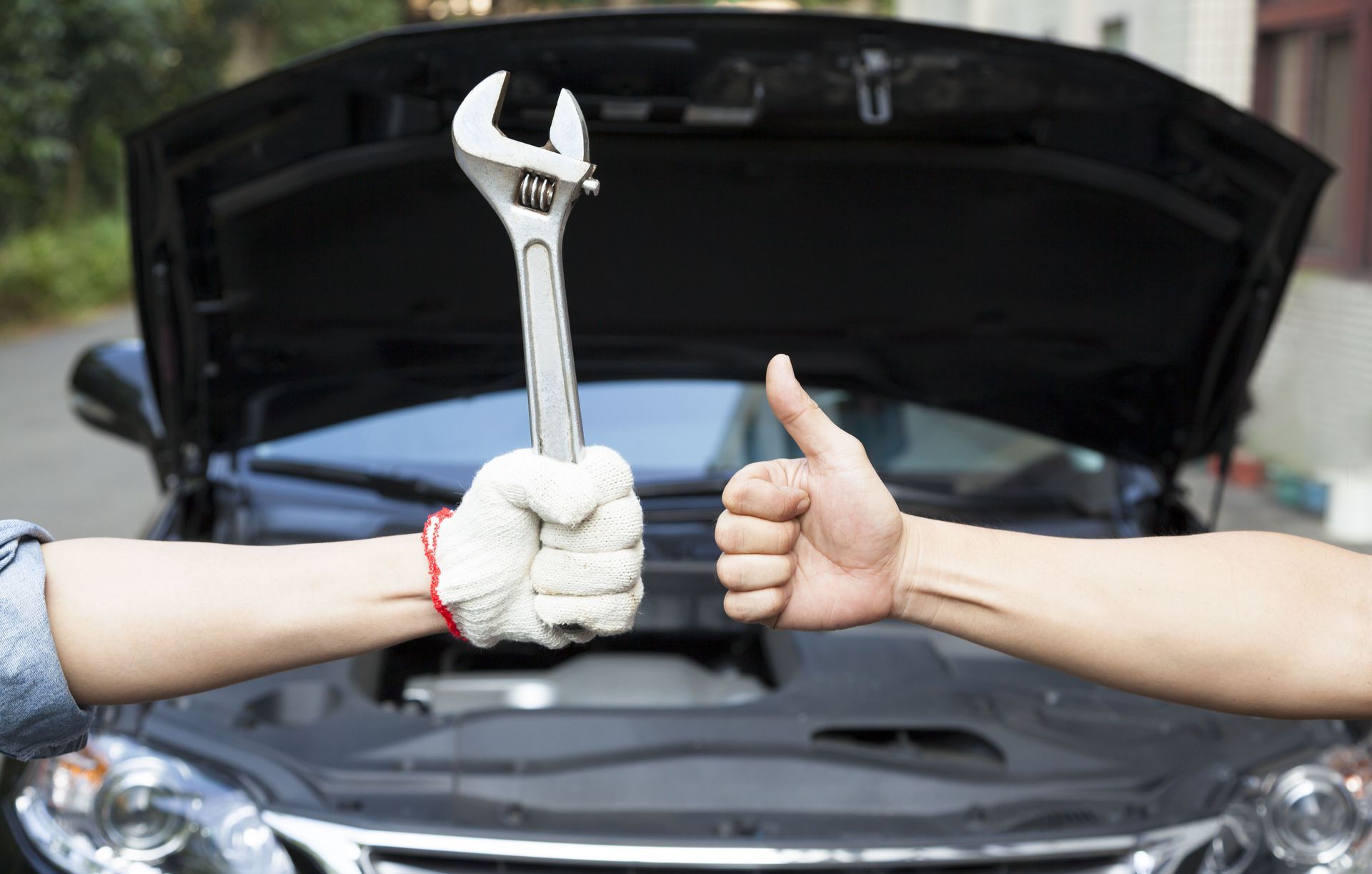
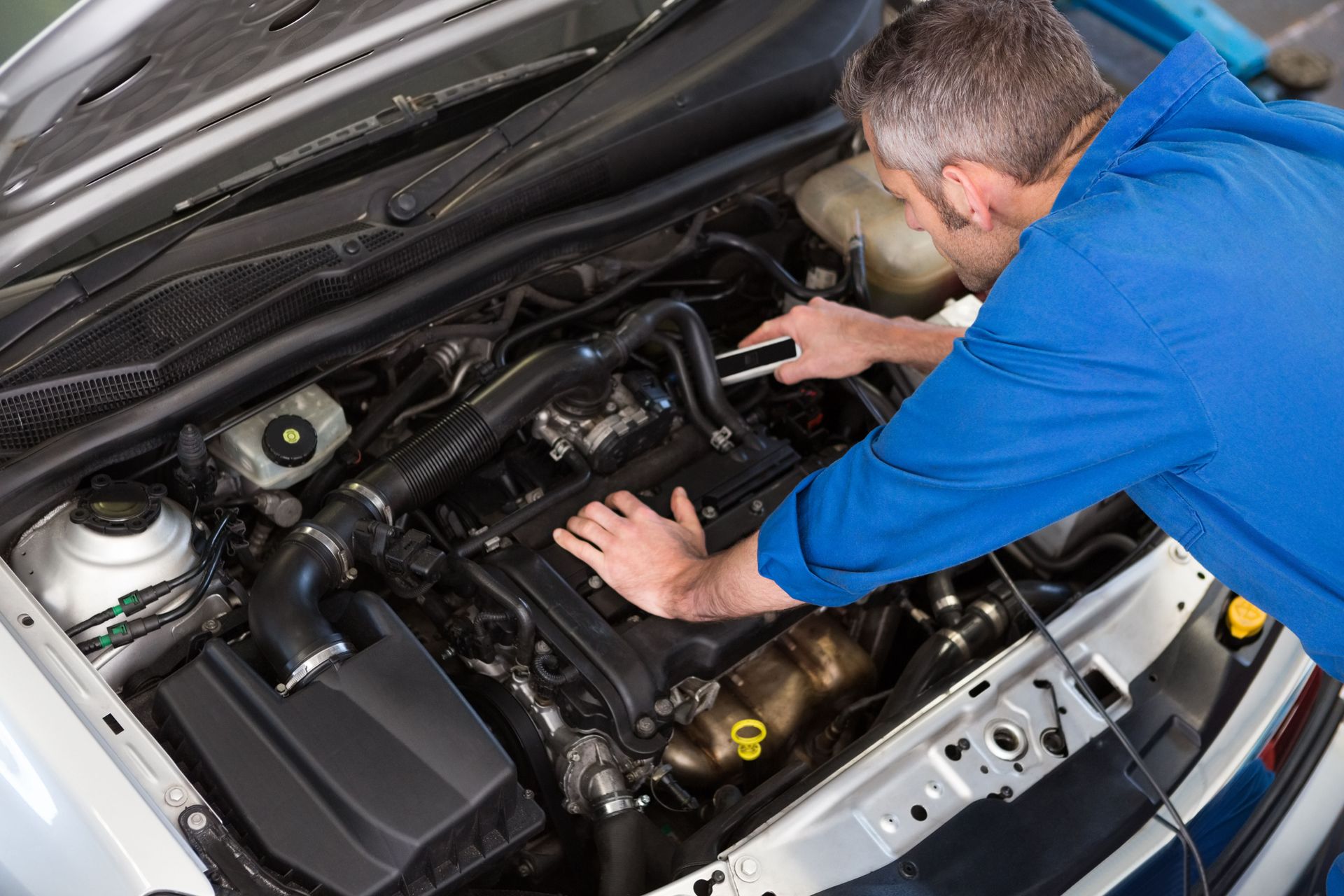
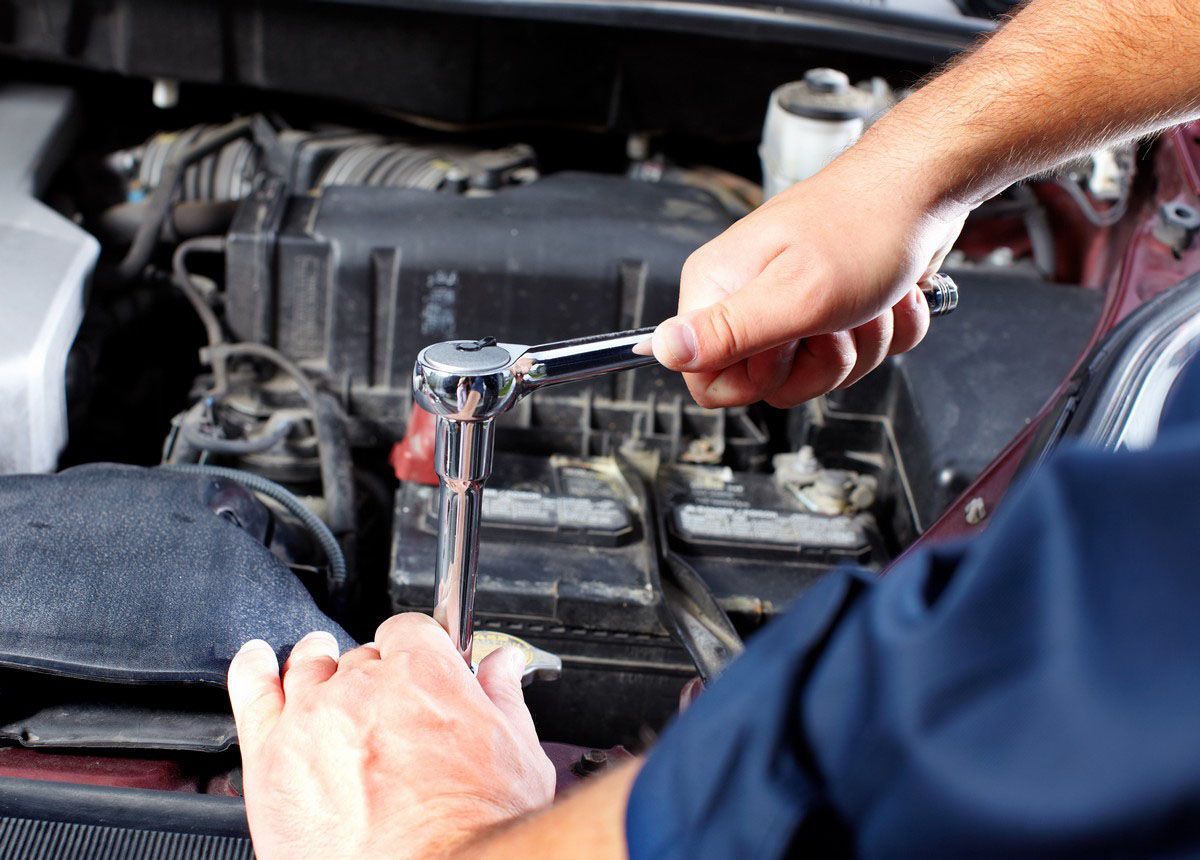
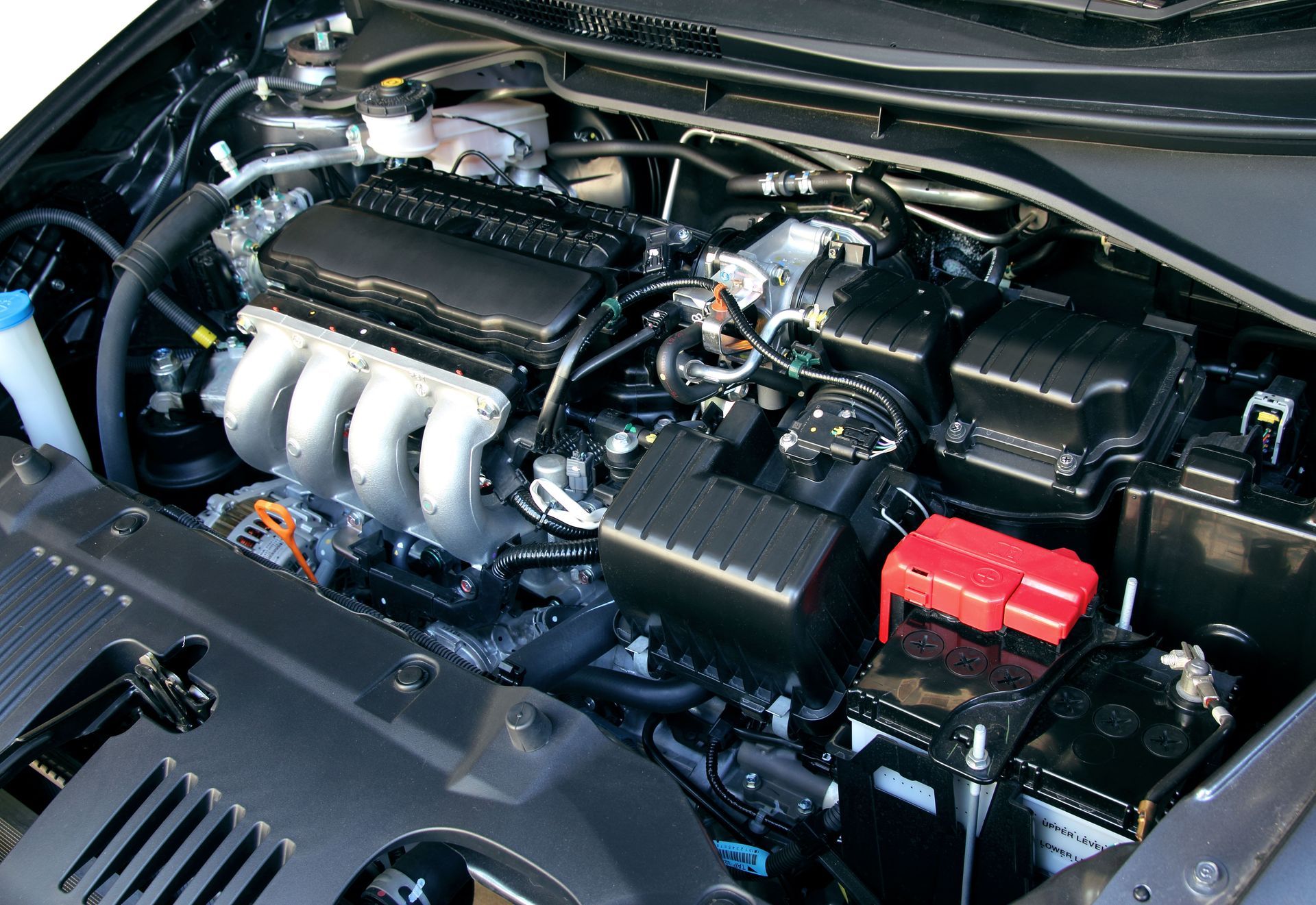












Share On: